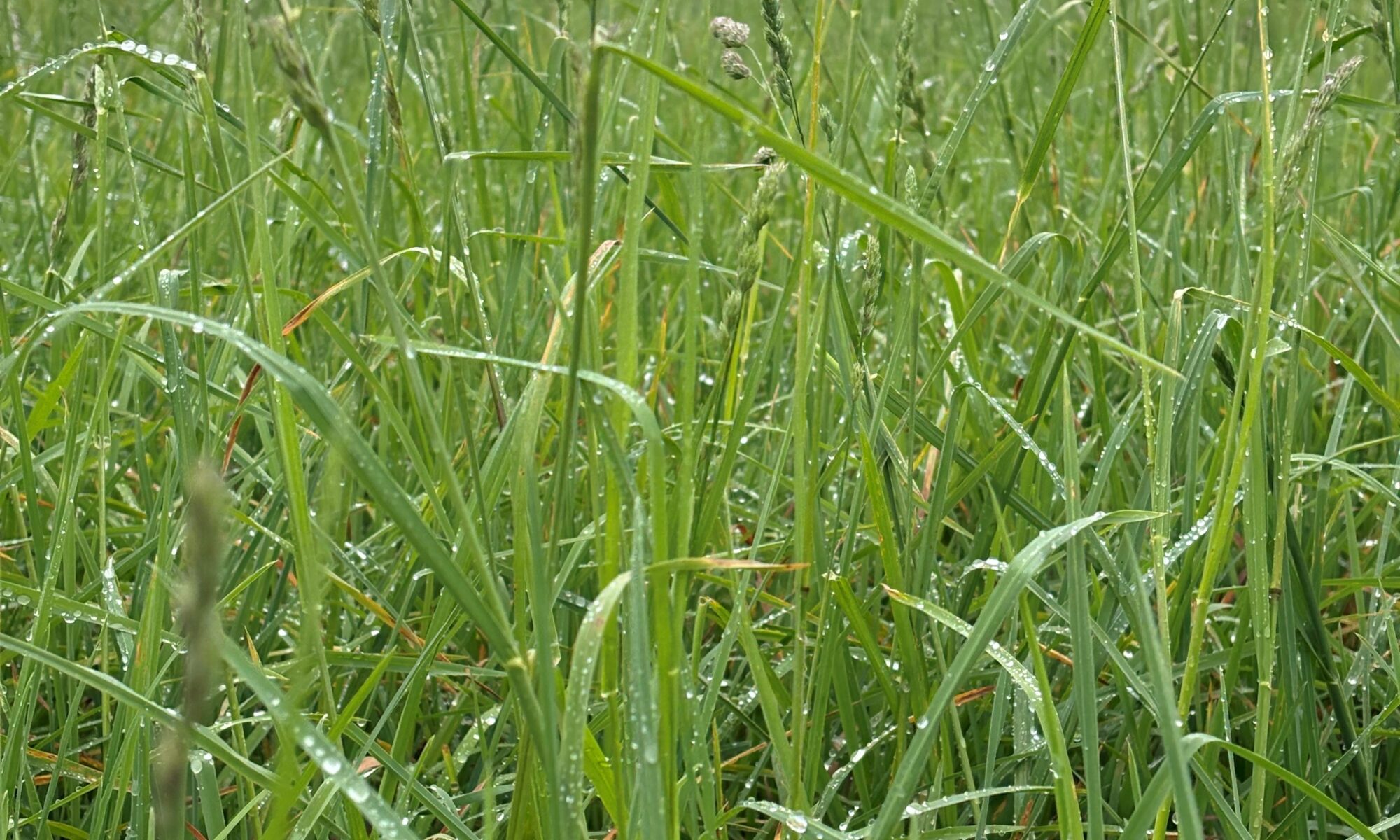

Dr. Bruno Pedreira
Associate Professor and Extension Forage Specialist
Department of Plant Sciences
Director, UT Beef & Forage Center
P: 865-974-3535
With favorable spring weather, grasses across the state are thriving, providing a beautiful green landscape for Tennessee. May marks a peak period for pasture growth, which is an ideal time not only to utilize lush grazing but also to start planning for forage preservation to meet winter feeding needs.
Most hayfields will be ready for harvest soon. If they’ve been fertilized, they may reach maturity even earlier. So, they will be ahead of schedule. Remember, plants don’t grow based on the human calendar. Just because we expect to harvest at a certain time doesn’t mean nature will wait. Timing is everything when it comes to forage quality.
It’s important to remember: the longer the forage grows, the greater the yield, but the lower the quality. As forages mature, they develop more structural tissue, particularly stems, to support leaf growth. However, when it comes to hay, our goal is high-quality, leafy forage… not stemmy, fibrous material.
Often, forage is ready (the boot stage), but the weather may not cooperate. When extended dry, sunny days required for hay production aren’t always available, baleage becomes an alternative. It allows you to harvest and preserve forage quality even when drying conditions fall short.
Baleage involves cutting the forage, letting it wilt until it reaches about 40–60% dry matter, baling it tightly, and wrapping it right away. When making baleage, it’s important to wrap the bales properly using bale wrapping equipment with 5 to 6 layers of plastic. This prevents oxygen from getting inside the bale, creating the anaerobic environment needed for fermentation. Skimping on the plastic and using fewer than 4 layers might save you money at first, but it can compromise the fermentation process and cause you to lose your forage.
Once wrapped, protect the bales from cattle and wildlife. Any holes in the plastic can let oxygen in, which can spoil the fermentation. So, if you find any holes, patch them as soon as you can to keep the baleage in good shape. However, remember that baleage comes with a few trade-offs: you’ll need to properly dispose of the used plastic and ensure cattle don’t have access to it. Additionally, baleage has less flexibility for moving it around before feeding, so think through your storage and feeding logistics ahead of time.
In summary, now is the time to strike a balance between harvest timing and forage quality. Whether you make hay or opt for baleage, putting in the effort now will ensure your herd has access to high-quality forage through the winter. A little planning today can go a long way in avoiding shortages and costly supplements later in the year.